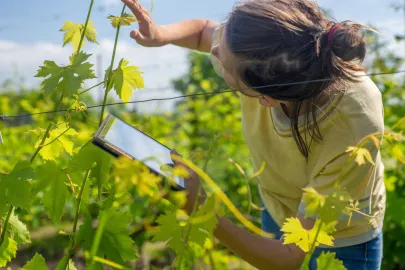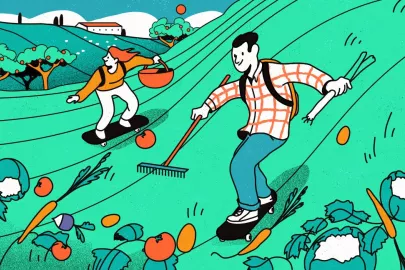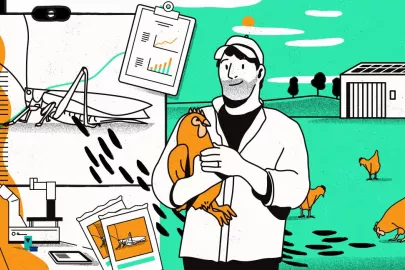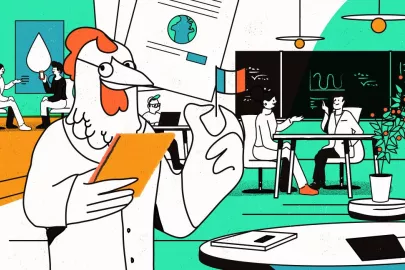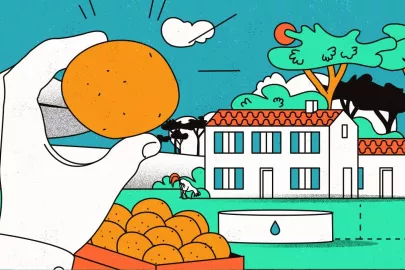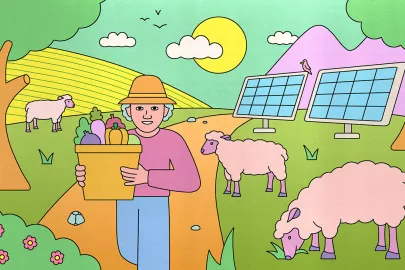Green Lines: Vertical farms, salads straight out of science fiction
For the past decade in France and farther afield, hidden in plain sight and sheltered indoors from foul weather and climate disruption, vertical farms have been growing lettuce, baby greens, aromatics and sweet berries in abundance.
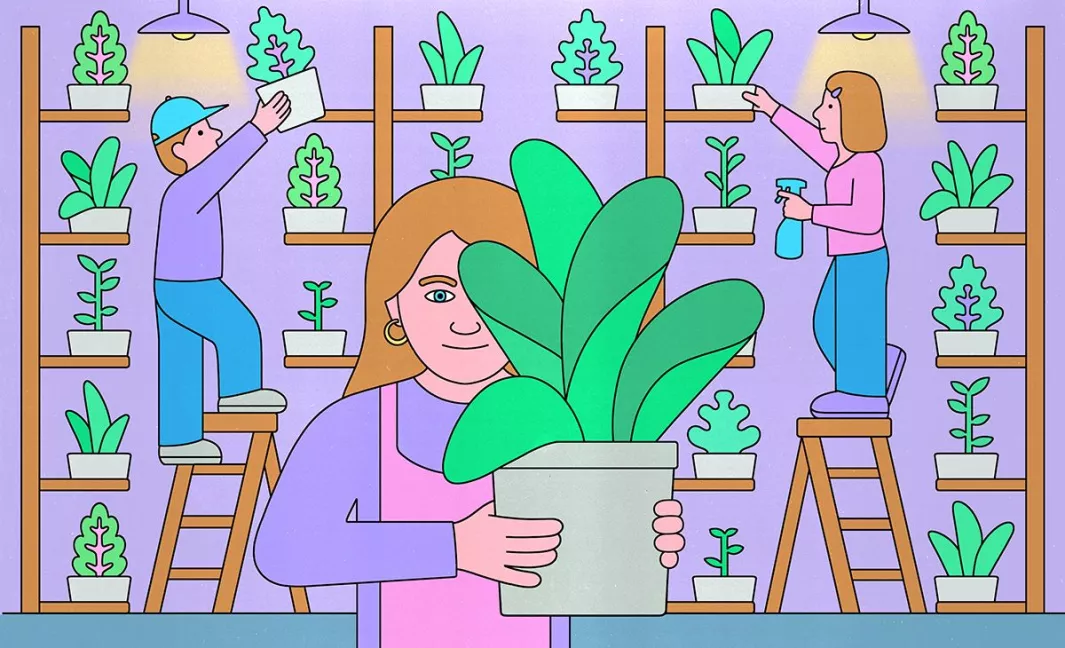
From the outside, you would never guess that behind these doors lies France’s largest vertical farm. These former manufacturing warehouses north of Paris have been reconverted into a bastion for technologically advanced vegetable farming, where Jungle grows lettuce, baby greens and aromatics. The company uses hydroponics, a method that involves submerging the plants’ roots in pools of standing water infused with nutrients until harvest. This innovative growing system can reduce water consumption by up to 95% compared with conventional farming. The plants are organized into more than a dozen stacks reaching nearly 10 meters (about 30 feet) high. Some 20 employees produce enough vegetables to supply several Paris supermarkets at the site, which spans 5,000 square meters (about 54,000 square feet). The company invested €8 million to get the project off the ground. No pesticides are needed, because the plants do not come into contact with any fungal diseases or crop-eating insects. It’s almost like a sanitized bubble, where the plants’ growth is monitored and managed by computers. The French start-up aims to develop a highly efficient farming model that also reduces CO2 emissions by using renewable energy and eliminating the need for fuel-guzzling machinery. Because, as the Jungle website notes, “in the coming decades, population growth will lead to an increase in global food demand.” Meanwhile, France and other countries across the globe face “scarcity of arable land” and the “depletion of natural resources.”
This computer-driven and controlled farming model is spreading throughout Europe and across the Atlantic. In the suburbs of Copenhagen, Nordic Harvest’s vertical farm produces 1,000 metric tons of vegetables and edible plants annually at a 7,000-square-meter (75,000 square feet) site. The soft LED lighting, powered entirely by offshore wind farms, shines a mauve glow on the plants for 12 hours a day in place of the sun, setting in motion the photosynthesis essential to their growth. The farmers have been replaced by autonomous smart robots that seed, plant and monitor production. Tech agriculture has also been developing in Asia since 2010, with Singapore and the United Arab Emirates leading the way. There more than elsewhere, vertical farms reflect the countries’ specific environments: the severe lack of space in the former and the hostile conditions in the latter. While this soilless cultivation is considered eco-friendly in the US, the same does not hold true in the European Union, where eliminating pesticides is not enough to be awarded the coveted Eurofeuille, the European organic agriculture label.
Several questions remain to be answered. Can these high-tech farms, which require sizable start-up investments, produce enough to feed the world? Will they be able to create a world where age-old agriculture and data-driven farming can coexist?
Contributor

Editor

